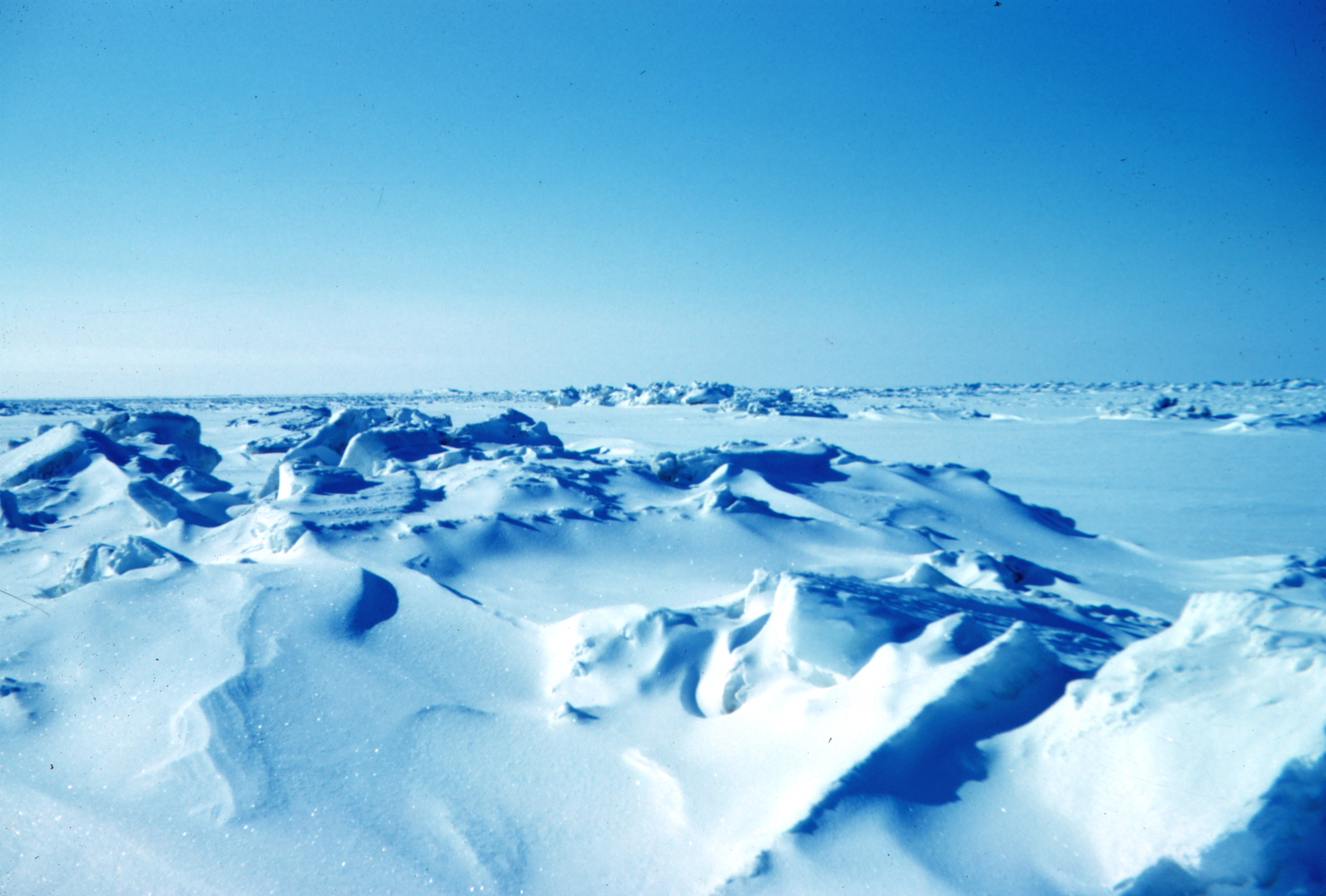Most people are familiar with the North Pole and the South Pole, but did you know there are actually four different types of North Poles? These are the geographic North Pole, magnetic North Pole, geomagnetic North Pole, and remote North Pole. Interestingly, the North Pole isn’t as cold as the South Pole, with temperatures typically 15 to 20 degrees Celsius higher.

In the past, there were attempts to reach the North Pole using whaling ships, but breaking through the extensive ice proved to be incredibly challenging. A significant milestone in reaching the North Pole was achieved by the Norge airship, which successfully circled the North Pole and traveled as far as Alaska in the United States.
However, not all North Pole expeditions went smoothly. An Italian airship met with a tragic accident during one such mission, resulting in the loss of half the airship’s passengers. On a brighter note, the renowned scientist Sir Edmund Hillary not only set foot on the geographic North Pole but also accomplished the remarkable feat of scaling Mount Everest and visiting the South Pole.
Today, there is growing concern about the melting ice in the North Pole region due to both natural and human-induced factors, particularly climate change. Environmental scientists worry that the Arctic sea ice may disappear entirely within this century. This raises concerns about potential competition among superpower nations to extract valuable mineral resources from the seabed, which could have detrimental effects on the region’s fragile environment.
Leave a Reply